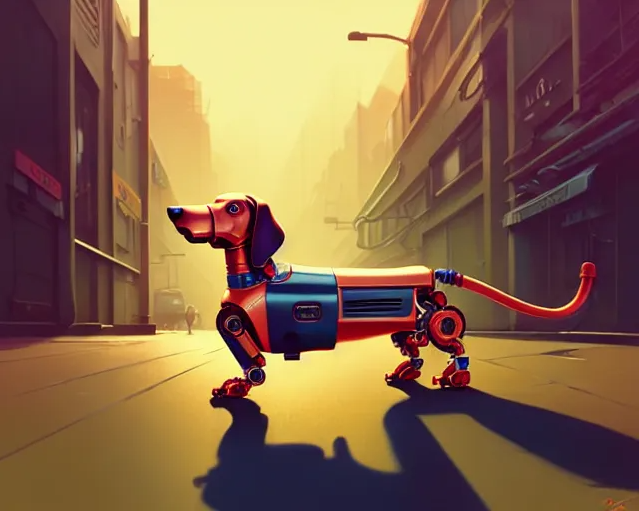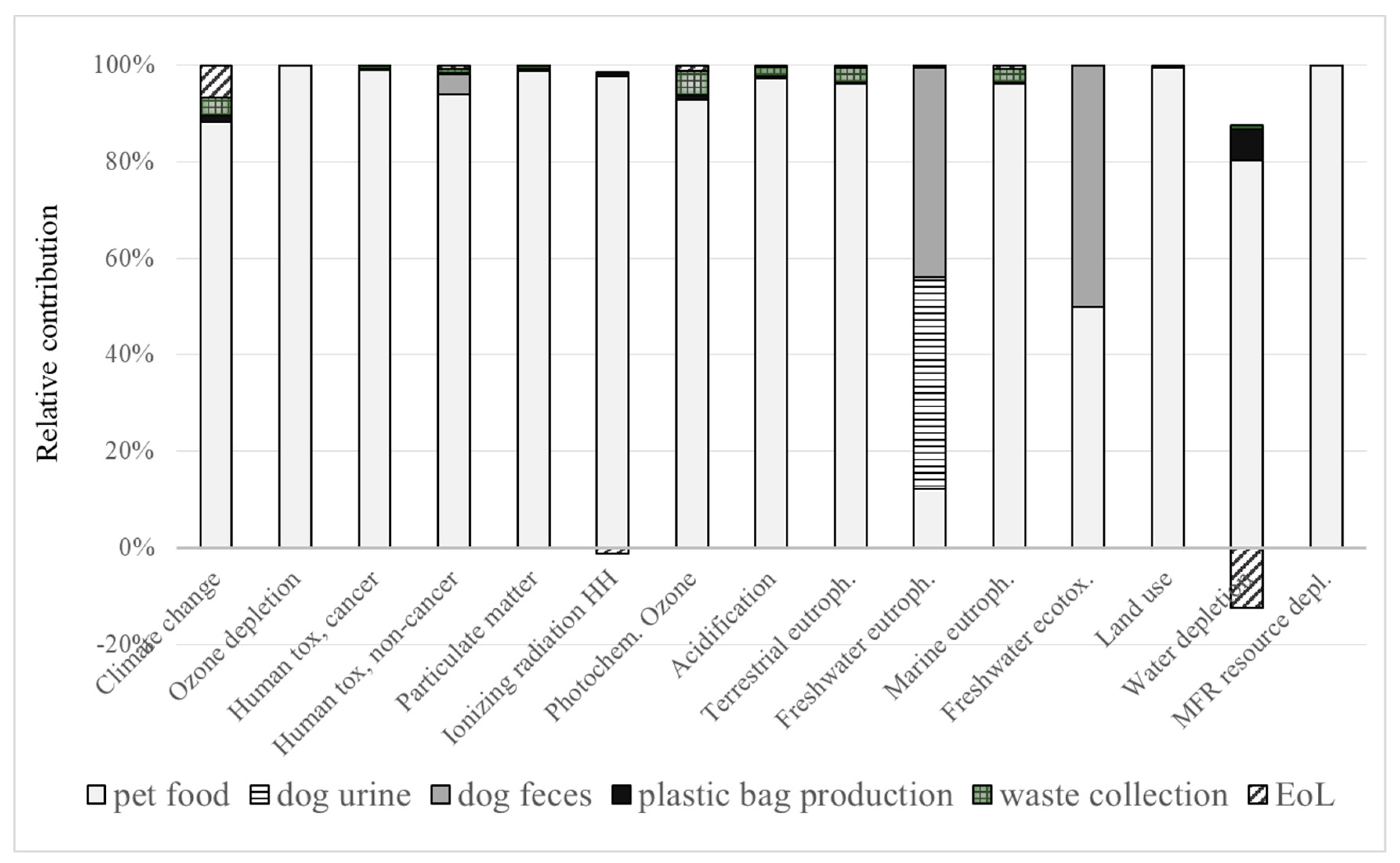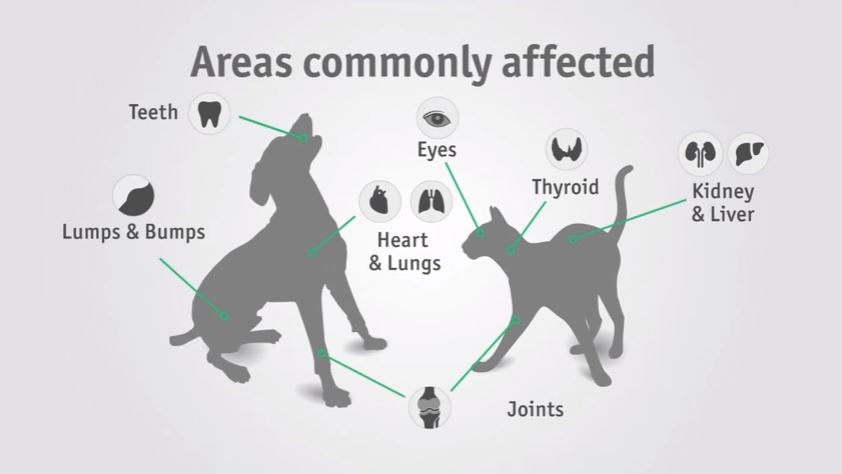
Whether you’re a dog, cat, or perhaps bird person, pets are often seen as significant members of the household. It is estimated that about half of the households in The Netherlands and approximately 70% of the households in America own one or multiple pets. Clearly, they are valued highly, and for good reason. However, there can be plenty of downsides to these loyal companions as well which may offer an opportunity for Artificial Intelligence to step in and take over. In fact, it is likely that the future of pets is indeed artificial.

Clear Benefits to Pet Ownership
Perhaps you’re not yet sold on the idea of having a pet, in which case you’re probably missing out. For starters, studies have consistently shown that there is a multitude of mental health benefits associated with pet ownership. Pet ownership is associated with higher levels of oxytocin, a key hormone responsible for managing mood and reducing symptoms of depression. It is also associated with a significant reduction in cortisol levels, which makes negative consequences of stressful situations less likely, especially when considering blood pressure and heart disease. Furthermore, children that grow up around pets are less likely to develop social-emotional issues throughout their lifetime and studies have consistently found that pet ownership generally reduces feelings of loneliness and social isolation, which is a negative phenomenon that has been on a significant rise across all ages throughout the last decade. So, if you don’t yet own a pet, what are you waiting for?!

The Cost of Pets is on the Rise
Alas, owning a pet isn’t all sunshine and rainbows. They certainly aren’t easily accessible for every household. Allergies are of course a factor, but the economic costs of owning a pet are quite significant and can set you back approximately $1400 per year as estimated in 2021. If we take a quick glance over at the robotic aisle, the dog-like AIBO or the fluffy Moflin both have a price point of around $3000 which might sound steep but they quickly win this battle after only a couple of years.
Importantly, in a time when environmental conscientiousness has clearly become paramount to the future of humanity as a whole, it is crucial that we also consider the environmental costs associated with the way pet ownership currently functions. Cats, for instance, continue to threaten many other endangered animals around the globe. The production of pet food is also a significant contributor to our carbon footprint. In fact, studies estimate that pet dietary requirements make up about 30% of the environmental impact originating from the livestock and animal husbandry industry, and about 15% of the fishing industry is directed to pet food production alone. Although the pet food industry is keeping itself busy trying to innovate and improve, it is clear to see the advantages a robotic pal would have in this regard.

Source: Yavor, K. M., Lehmann, A., & Finkbeiner, M. (2020). Environmental impacts of a pet dog: An LCA case study. Sustainability, 12(8), 3394. https://doi.org/10.3390/su12083394
If you do own a pet, it is of course important to keep them healthy. Not only is this a matter of ethical treatment, but poor pet hygiene can also easily translate to poor owner hygiene, even if we’re talking about something as simple as improper handling and storage of pet food. Pet oral hygiene, for instance, is an often overlooked factor with approximately 75% of cats and dogs developing some form of dental disease. When things do get serious, treatment from a skilled veterinarian becomes important. Unfortunately, many places have a serious shortage of veterinarians and the future isn’t looking so bright in this regard either which can make good animal welfare an even more serious issue in the years ahead. It is therefore not difficult to see where a robotic pet might have a serious advantage for individual households or the general population.

The Elderly Are Leading the Way
Crucially, we must then ask ourselves whether a robotic pet utilizing artificial intelligence can reproduce any or possibly all the benefits without suffering from many of the disadvantages.
In this regard, the older population has proven to be a great scientific testbed of sorts. In addition to the aforementioned benefits, pet ownership among the elderly is associated with improved cognitive functioning. It is, then, perhaps no surprise that potential robotic friends are most commonly found as of right now in locations where pet ownership might not always be easy (such as nursing homes). Within these settings, many different robotic pets are used such as the AIBO, but also the PARO, the bear-like CuDDLER, the Joy for All cat or Golden Pup, and many more.
The general consensus among the scientific community then points to various clear benefits. For instance, in one study the Golden Pup allowed the nursing home residents to express their feelings more easily and it enhanced their social interaction. Within dementia care, the PARO seal has often been used and studies show that this use is associated with significant reductions of stress and anxiety, to the point that it even leads to a reduction in medication required on a consistent basis. When comparing the AIBO to a live dog, similar positive social effects were found. Considering their clear benefits in cost and upkeep, robotic pets seem very effective as replacements for those of flesh and blood within elderly care.
All Shapes & Sizes.
Ever since the Furby was introduced in 1998, quickly followed by Sony’s AIBO in 1999, robot pets have been around in various shapes and sizes. Below are some modern examples and what they can do according to their developers.
The PARO:
– Creator: AIST
– Latest model: 2014
– Registered medical device (for dementia, cognitive disorders, developmental disorders, PTSD, social isolation, palliative care)
– Utilizes hierarchical control to learn its name and adapt behavior through interaction
The AIBO:
– Creator: Sony Corporation
– Latest model (ERS-1000): 2018
– Touch response through deep learning
– Learns & develops a personality through cloud computing
– Can learn up to 100 faces
– Can respond to 50 voice commands
The Moflin:
– Creator: Vanguard Industries
– Latest model: 2019
– Using a 2-Dimensional Emotion Express Map, it will express emotions based on interaction with the environment and owner
– Develops a unique personality through machine learning
/https://www.thestar.com/content/dam/thestar/news/insight/2015/10/05/meet-paro-a-furry-friend-to-dementia-patients/paro-tab-1-or-2.jpg)
Outside of nursing homes, studies also indicate that robotic pets can reduce loneliness akin to regular pets. In a study with 271 elderly participants, each of whom were allowed to choose either a robotic dog or a robotic cat, the participants were asked to treat their new robotic companion as they would any dog or cat while taking care of them at home. The researchers then concluded that there were significant reductions in loneliness and social interaction benefits. It could, however, be argued that there is an element of deception at work here, especially among a more vulnerable population. However, the few studies looking into the matter indicate that the elderly are often quite accepting of this “fictional element” and often do not take issue with it themselves.
“Mom, the dog is out of battery!”
When it comes to a future with artificial pets, it’s natural to think about how the interactions between robotic pets and other household members would play out. This might especially be an important matter for the parents of the future, who intend to raise their children alongside a trusted companion. After all, there are strong indications that long-lasting child-pet interactions have a positive effect on the emotional, cognitive, and social development of the child.
As we know, such close interactions do not always go smoothly for both parties involved. Throughout the years, it has been reported that children are statistically bitten more often than adults. In fact, a recent study found a link between the increase in the number and severity of bites observed in pediatric patients, especially from familiar dogs during the COVID-19 lockdown, and the high-stress levels exhibited by the dogs in question at that time. On a similar note, another research pointed out the relation between the occurrence of asthma and pet ownership in early childhood. Such hindrances could potentially encourage parents to seek out alternatives to owning a pet while still reaping its benefits.

On the other hand, there have already been several studies that demonstrated the positive impact of using robotic dogs in healthcare and educational settings for children. More recently, a study found that the robotic pet PLEO helped hospitalized child patients feel less stressed and discomforted while communicating more with other people. Moreover, the sociable AI pet MiRo was introduced as a supplement to existing curriculum components that aims to teach students about robotics, biomimetics, and biology.
Despite all the great things robotic pets offer, one question comes to the minds of not only future parents but also future members of society: Is it possible for children to grow up with artificial pets instead of their real counterparts? We might have an answer to this question already as a preliminary study reported the child participants’ treatment of the robot as a pet after gradually developing a relationship throughout the experiment. To add on that, another research focusing on the evaluations of children on therapy dogs and therapy robot dogs indicated that participants spent more time interacting with the robot dog than the real dog, and described their experiences with the robot dog more positively than with the real dog. Based on these scientific developments, we can say that a future where a child is indifferent to whether their pet is sleeping or charging is very much possible.
In Summary
To conclude, there is a clear consensus among the scientific community that pet ownership is associated with a lot of mental health benefits. Unfortunately, pet ownership can be complicated and the current method of owning pets has a significant negative impact on the environment. Artificial pets, on the other hand, seem to come with a lot of the positives that live pets do, but without any of the downsides. Therefore, it is likely that a future society would greatly benefit from their loyal companions being bolts and data, rather than flesh and blood. At the very least, at present, nursing homes and children’s hospitals have a lot to gain.
:no_upscale()/cdn.vox-cdn.com/uploads/chorus_asset/file/22432121/6.png)


